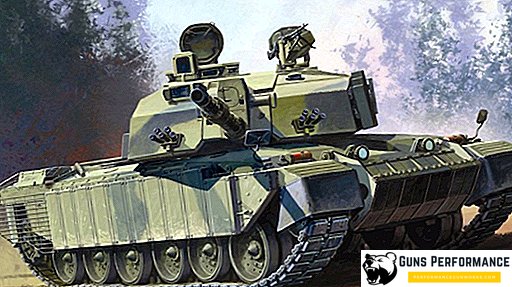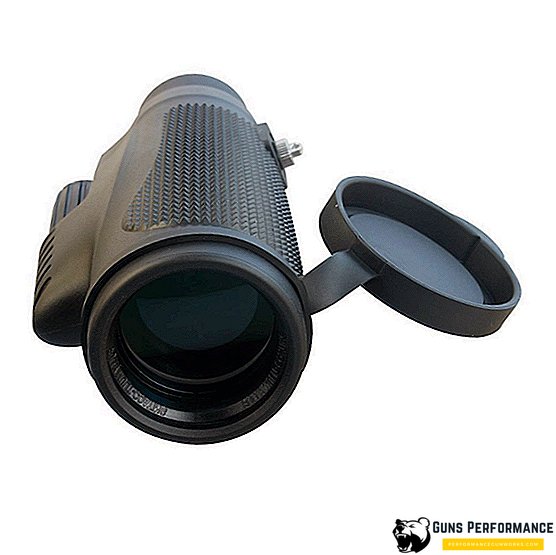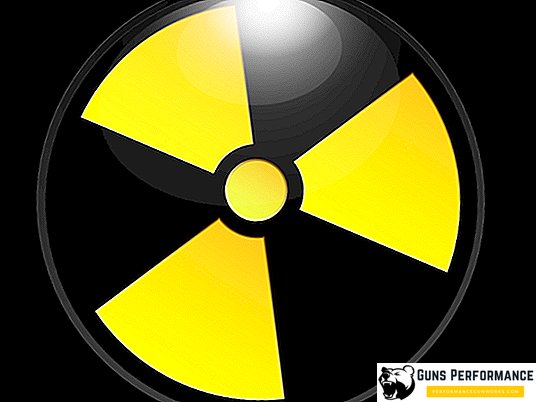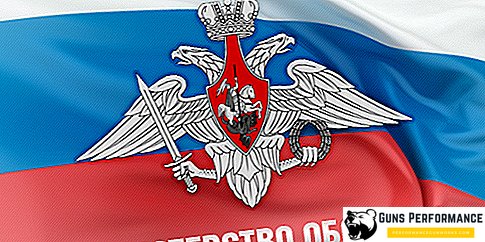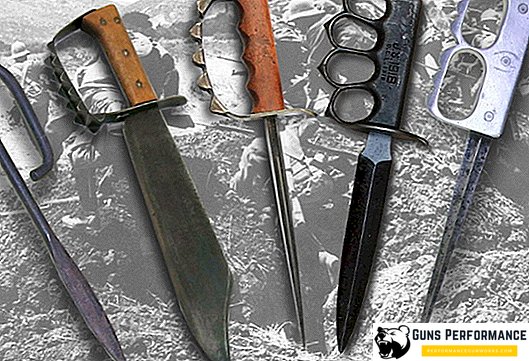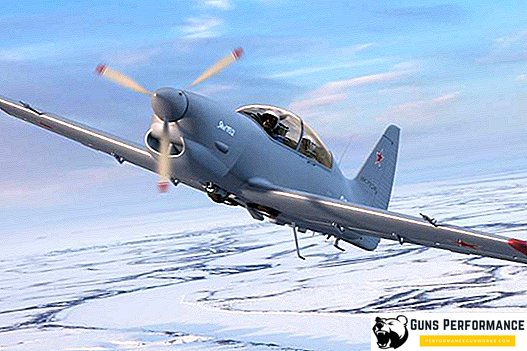
Yak-152 is a Russian training aircraft (TCB), developed in the OKB Design Bureau. Yakovlev, which is now part of the corporation PJSC "Irkut". For the first time this aircraft took to the air in September 2018, currently the aircraft is undergoing flight tests. They should end in the spring of this year, after which it is planned to start mass production.
The Yak-152 training aircraft is to replace the Yak-52, which for many years has been the most famous and popular "training desk" for future pilots.
The Yak-152 is not just a training aircraft. This is an integral part of the training complex, which also includes a procedural simulator, a computer class and controls. The Yak-152 was launched at the Irkutsk Aviation Plant, currently one prototype aircraft is ready, three more vehicles are under construction.
Back in June 2018, the Russian Ministry of Defense placed an order for 150 new Yak-152, the total need for these aircraft is 250-300 units. A new training aircraft is also required for DOSAAF flying clubs. There is interest in the new car and abroad, so far, however, it is the former Soviet republics. Yak-152 has already interested Belarusians, between DOSAAF RB and PJSC "Irkut" signed a framework agreement for the supply of a training aircraft, but the exact number of cars purchased under this contract is unknown.

In the future, two aircraft are planned to be used for the training of pilots of the VKS: the piston Yak-152 for the development of primary skills and the reactive combat training Yak-130 - for their further improvement.
The history of the creation of the Yak-152
The history of the creation of the Yak-152 began in the mid-90s of the last century. At this time in the OKB. Yakovlev began the development of jet YTS-YT-UTS, which in the future received the name Yak-130. In a couple, it was proposed to create a lightweight piston training aircraft based on the Yak-54 TCF, the production of which was carried out at the Saratov Aviation Plant in 1994-2000. A total of 14 Yak-54 were manufactured.
Originally a promising aircraft had the designation Yak-54M, but later it was renamed the Yak-152. So the developers wanted to emphasize the continuity of this car with the Yak-52 - a very famous and popular training aircraft.

In 2001, the Russian defense ministry announced a competition to create a new training aircraft for the needs of the country's air force. In addition to OKB im. Yakovlev, and the Sukhoi design bureau with its Su-49 aircraft also took part in it. Despite the official nature of the competition, government money for the projects was not given. Therefore, their development was carried out at the expense of own funds of OKB im. Yakovlev. Initially, Yakovlev proposed to carry out a deep modernization of the time-tested Yak-52 to Yak-52M. A new flight navigation equipment, an M-14X engine with an MTV-8 propeller, and an improved cockpit lantern were installed on the aircraft. In addition, this vehicle was equipped with a crew rescue system and had an increased fuel reserve. The cost of one aircraft was estimated at about 100 thousand dollars, the developers expected to sell from 200 to 800 cars in Russia.
The first flight of the Yak-52M made in April 2004, and a year later successfully passed state tests. Serial production of the new aircraft was going to start at the 308th aircraft repair plant (Ivanovo), but these plans never came to fruition.
At the same time, the Chinese became interested in the new Yakovlev aircraft, and they were the investors of this project. In 2006, between the OKB. Yakovlev and the People's Republic of China signed a contract, according to which Russian specialists acted as consultants for their Chinese colleagues. The result of joint development was TCB L-7, the release of which was established by the Chinese company Hongdu. In 2010, the L-7 was first demonstrated to the general public at an air show in Zhuhai.

The issue of the start of serial production of the Russian aircraft modification moved from a dead center only in 2014, when a notice of the start of a competition to create a training complex based on the Yak-152 TCF appeared on the website about conducting public procurement. Soon between the OKB. Yakovlev and the Russian Ministry of Defense signed a contract, the amount of which amounted to 300 million rubles.

In the summer of 2014, the Irkutsk Aviation Plant began preparations for the mass production of the new aircraft. In September of the same year, a mock-up commission meeting was held with the participation of representatives of the Ministry of Defense, at which a full-size model of the Yak-152 was presented. In 2018, two prototypes were made, the first flight of the machine took place in September 2018. Currently, the Yak-152 is in the flight test phase, after which it is expected to begin mass production.
Description of the design of the Yak-152
The Yak-152 is made according to the normal aerodynamic design, it is a double all-metal (covering of the rudders and ailerons made of carbon fiber) nizkoplan, equipped with one diesel engine and three-bearing retractable landing gear. The fuselage of the aircraft is a semi-monocoque type, with a gain in the form of four spars.

The wing has a single spar design, its mechanization consists of ailerons and retractable flaps. The wing is attached to the fuselage at four points.
In the forward part of the fuselage, immediately behind the engine is a double cockpit. The front seat is occupied by the cadet, and the back seat is intended for the instructor. The control is duplicated; you can fly a plane from anywhere The cabin of the aircraft is unpressurized, but has a ventilation and heating system. The control is carried out with the help of a central knob, all flight information is displayed on two liquid crystal screens.

The complex of equipment installed on board the aircraft allows novice pilots to get all the necessary skills to work with modern aiming and flight-navigation equipment, as well as with radio communications.
Yak-152 has a tricycle retractable landing gear with the front desk. Each of the pillars has one wheel with low-pressure tires, which allows the aircraft to use airfield with ground cover for takeoff and landing. The production and cleaning of the chassis Yak-152 is made using electric drives, and braking - the hydraulic system.
The Yak-152 is equipped with a RED A03 diesel engine with twelve cylinders (500 hp power) and a variable pitch propeller MTV-9. He works on aviation kerosene. The power plant of the aircraft can be operated with overloads of + 9 / -7 g.
Yak-152 is equipped with a unique crew rescue system in emergency situations KSAP ‑ 152, which allows you to safely leave the cabin at a height of ten meters, in the speed range from 70 to 400 km / h.

According to experts, the resource of the Yak-152 aircraft is approximately 10 thousand hours, thirty years and 30 thousand landings. In horizontal flight, it can reach speeds of 500 km / h, the ceiling of the aircraft is 4 thousand meters, the takeoff distance is about 300 meters, and the flight distance is 1,500 km.
The Yak-152 and the complex based on it has a number of serious advantages that distinguish it favorably from other machines of the same class. These include the possibility of aircraft-free storage of the aircraft and the use of runways with an unpaved surface, flights in any weather conditions, day or night. The aircraft has excellent flight characteristics and an innovative diesel engine that runs on kerosene.
The use of two aircraft at once for training cadets - the piston Yak-152 at the initial stage and the jet Yak-130 in the future - is the most optimal combination. Yak-152 and Yak-130 have a unified information and control field of the cockpit, so after classes on a light-engine Yak-152 it will be easier for young pilots to master the more complex jet Yak-130.

After minor modifications, the Yak-152 may well be a success in the civilian market. And not only in flight schools DOSAAF, but also in other organizations.
Characteristics of the performance characteristics of the Yak-152
Below are the main characteristics of the Yak-152:
- length, m - 7.8;
- height, m - 3.11;
- wing span, m - 8.8;
- wing area, square m - 12.9;
- Max. take-off weight, kg - 1490;
- engine - diesel RED A03;
- engine power, l. with. - 500;
- Max. speed, km / h - 500 km / h;
- rate of climb, m / s. - ten;
- Max. flight altitude, m - 4000;
- Max. flight range, km - 1500;
- fuel stock, kg - 175.



